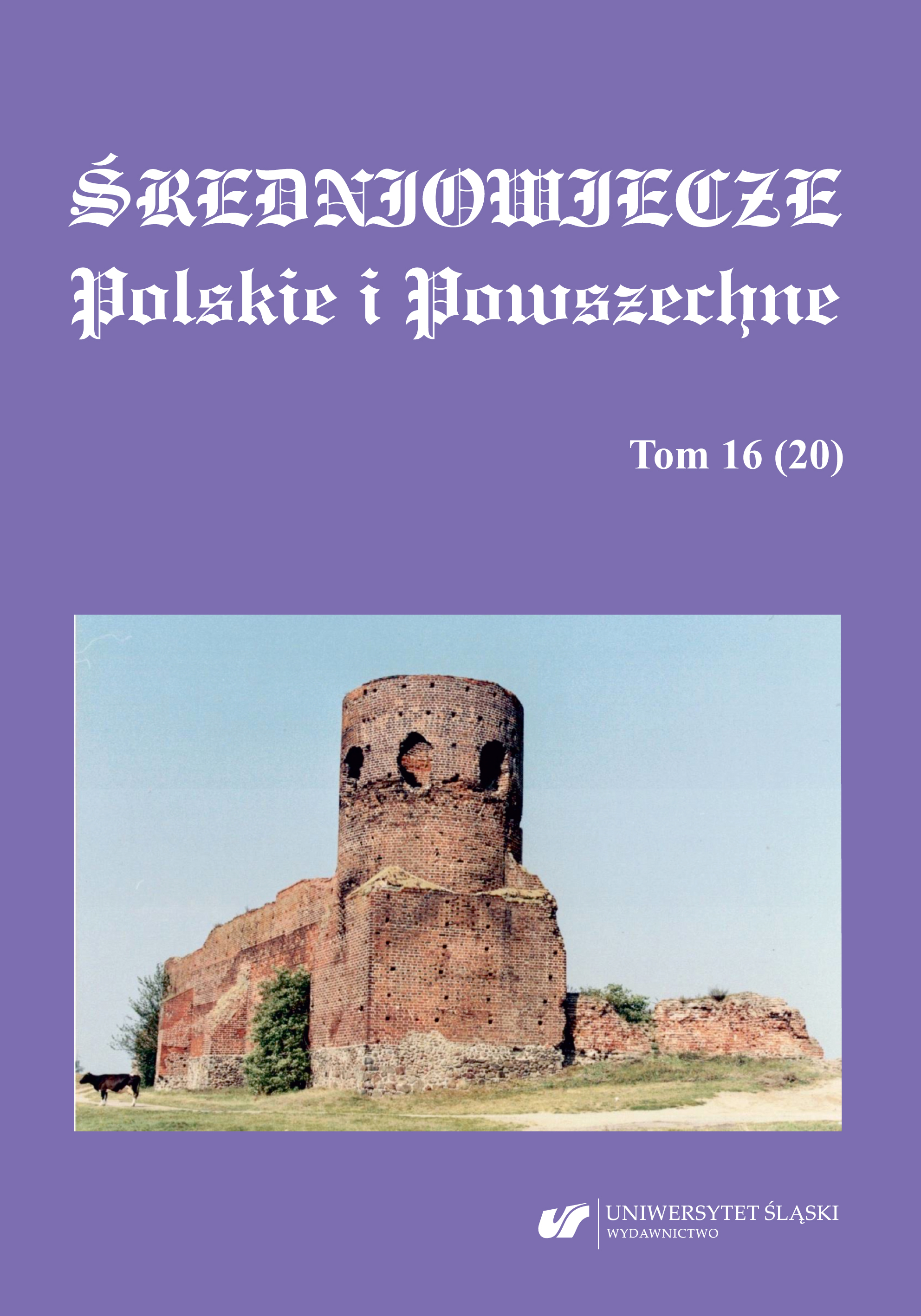Średniowieczny dokument jako znak i przedmiot oglądu w przestrzeni publicznej. Garść uwag o semiotyce dyplomatycznej, percepcji wizualnej i granicach nauk pomocniczych historii
A Medieval Document as a Sign and Object of Viewing in Public Space. A Handful of Remarks on Diplomatic Semiotics, Visual Perception and the Limits of History’s Auxiliary Sciences
Author(s): Anna AdamskaSubject(s): History, Cultural history, Psychology, Archiving, Logic, Political Theory, Communication studies, Middle Ages, Cognitive linguistics, Philosophy of Mind, Cognitive Psychology, Theory of Literature, Rhetoric
Published by: Wydawnictwo Uniwersytetu Śląskiego
Keywords: document; inscription; visual perception; visual rhetoric; monogram; rota; chartae lapidariae
Summary/Abstract: The article analyzes the functioning of a document as an object (artefact) in medieval Europe, against the broad background of changes in the paradigm of research on medieval writing culture, which assumes a multitude of forms of contact with writing, including its perception as a system of signs that could be viewed rather than “read” in the modern sense.The physical aspects of the document, including its writing material, text layout on the page, graphic symbols and objects attached to the document, constitute an issue that goes beyond the boundaries of traditional diplomatics. It encourages researchers to engage in a more intensive dialogue with experts in other auxiliary sciences, primarily with experts in epigraphy, because a large number of documents were produced on hard material, and also in sphragistics, due to the close interaction between the document and the seal in the process of communicating by sight and touch. The article discusses the occasional presence of a document in public space – as an element of the rituals of power, shown at the request of its issuer or recipient, or as an object of viewing in the practice of examining its authenticity – as well as its permanent presence in the form of a text “exposed” in a stone or as a fresco (charta lapidaria). In all situations in question, the specialized or very general knowledge of viewers determined whether and to what an extent they were able to “read” the information encoded in the format and material of the document, in graphic signs, illuminations, and seals.
Journal: Średniowiecze Polskie i Powszechne
- Issue Year: 16/2024
- Issue No: 20
- Page Range: 125-159
- Page Count: 35
- Language: Polish

